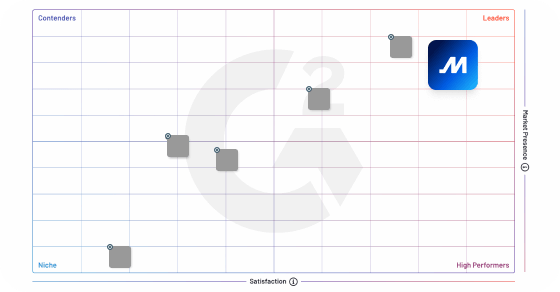Geofencing is a term that has become quite popular with commercial fleets in recent years. In simple terms, geofencing refers to a virtual boundary that is created around a specific geographic location. This boundary is usually created using GPS technology and is used to monitor the movement and activity of vehicles within the boundary.
In commercial fleets, geofencing is used to track the location of trucks or equipment as it moves from one location to another. The boundaries are set up around specific areas such as a warehouse, a customer’s location, or a delivery point. Geofences help fleet managers to monitor the movement of their trucks and equipment to ensure that they’re being used in the most efficient manner possible.
Geofencing technology is quite advanced and can provide real-time information about the location of a truck. This helps fleet managers to make better decisions about routing and scheduling, as well as providing alerts if a truck deviates from its intended route or enters a restricted area.
The use of geofencing technology has become increasingly important to commercial fleets because of the need to improve efficiency and reduce costs. By monitoring the movement of trucks, fleet managers can identify areas where improvements can be made and take action to address these issues.
Frequently Asked Questions
What is geofencing used for?
Geofencing is a location-based technology that uses GPS or other positioning systems that’s used to define virtual boundaries or geographically restricted zones.
Fleet managers can set up geofences around specific areas such as customer sites, depots, or restricted zones. When a vehicle equipped with GPS or telematics devices enters or exits these defined areas, the system triggers alerts or actions, providing valuable insights for monitoring, security, and operational management of the fleet.
Is geofencing a form of tracking?
Yes, geofencing can be considered a form of tracking. It involves the use of GPS or other location technologies to create a virtual boundary around a specific geographic area. When a device enters or exits this boundary, it can trigger certain actions or notifications. This allows businesses and organizations to track the movements of their assets or monitor the behavior of their customers.
Discover 10 benefits of GPS tracking and geofencing for commercial fleets.



